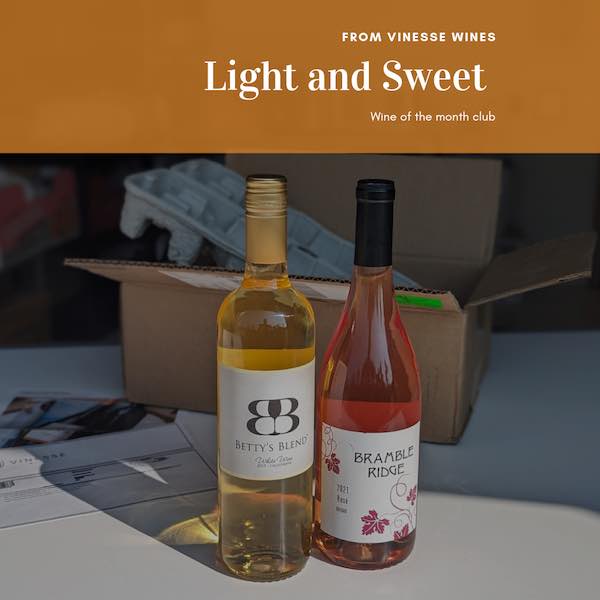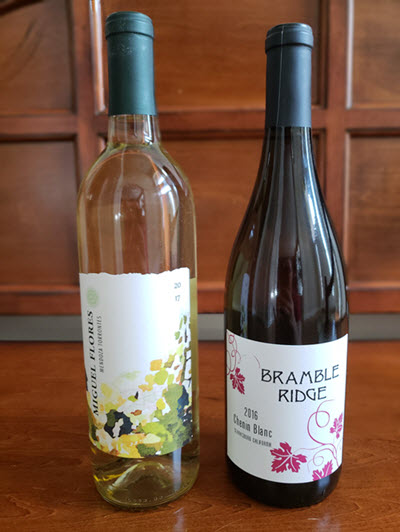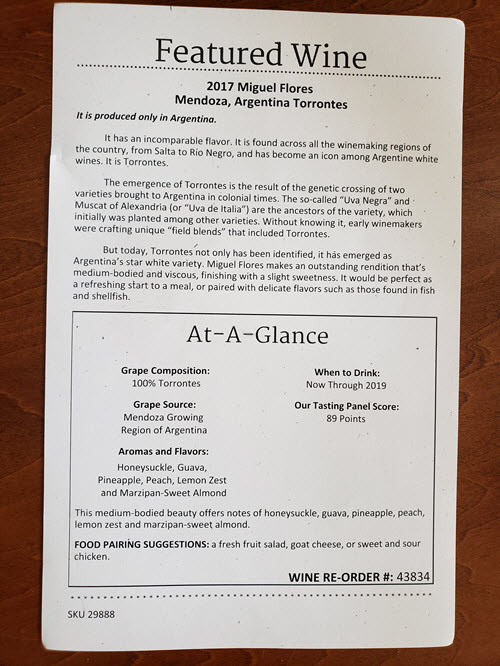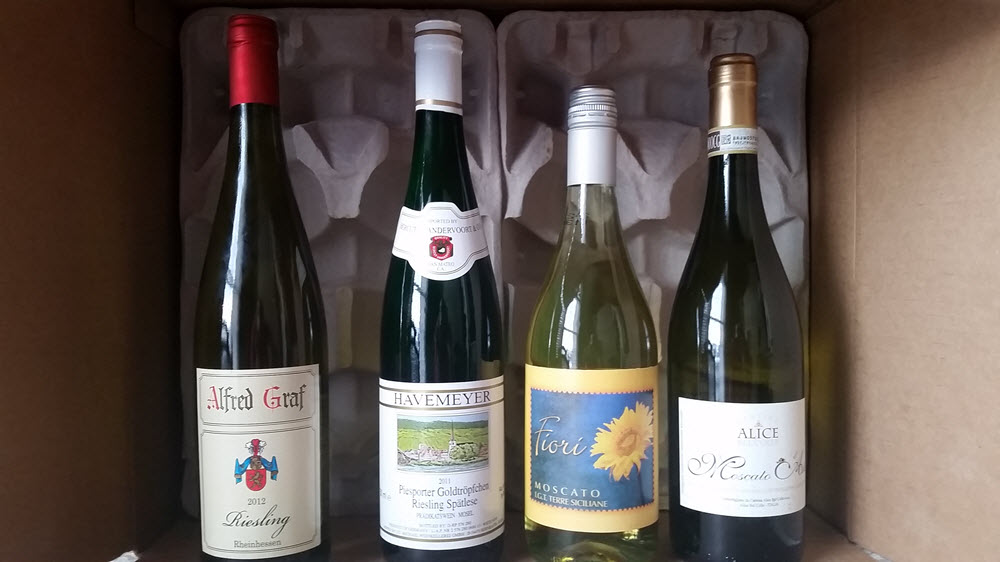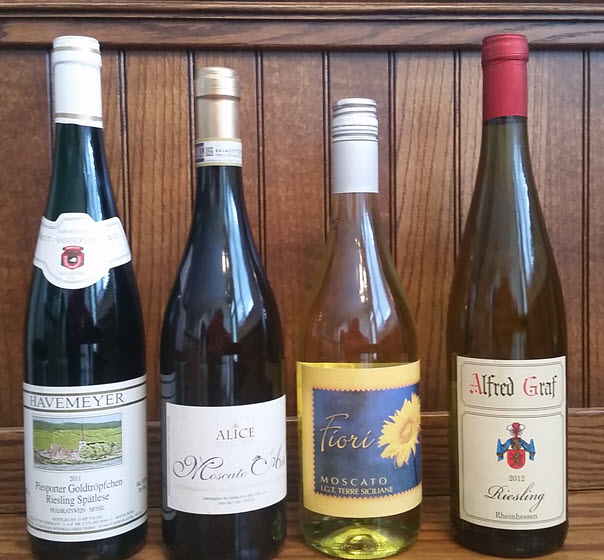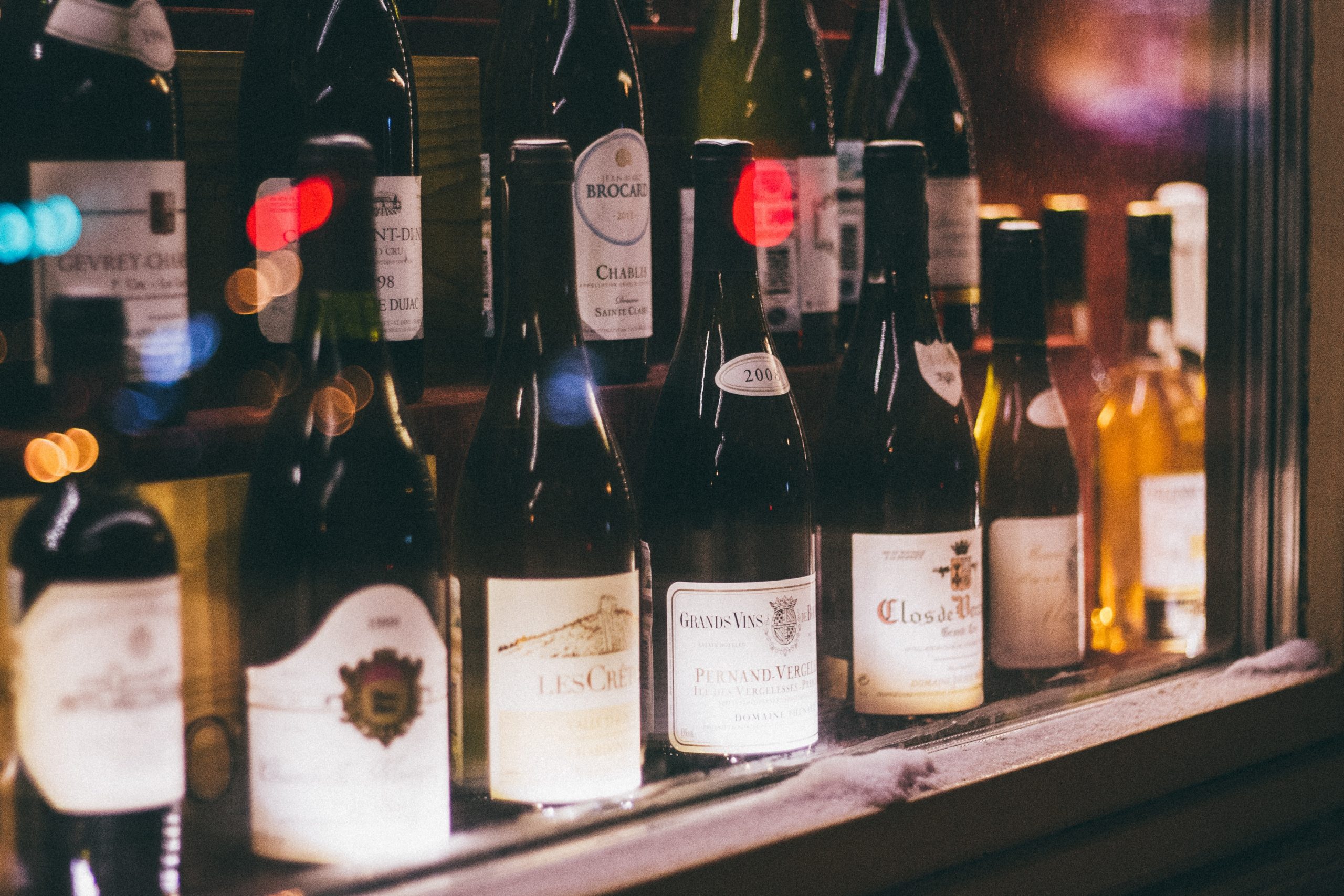This cold weather we're having is really getting to me. (That may account for my Vanilla-Ice-inspired, attempt-at-a-humorous-title today.) Brrrr…..
|
Here in Southeast Michigan, we're having one of the coldest winters on record. (I have no room to complain, of course, with our friends in Boston receiving about 100 inches of snow already this season.) Where I live, I'm close to the Ambassador Bridge and Tunnel to Canada. Under normal weather conditions, the trip from my house to the tunnel would be roughly 30 minutes, but with the road conditions from all of this snow and ice, who knows how long it would take by car!
The snow.. The ice.. Will it ever end?
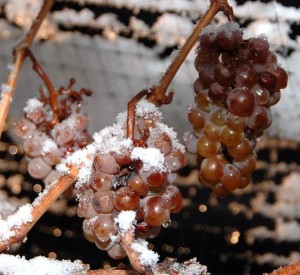 But wait.. The ice… That reminds me: Ice Wine!
But wait.. The ice… That reminds me: Ice Wine!
Now anybody who knows me knows that I am not a fan of sweet wine. But that's just me. Everyone has different wine tastes. And I can respect and appreciate a quality-made wine, even if I'm not a “OMG – I could drink this entire bottle!” kind of fan.
With Ontario so close by, I find it odd that I rarely consider their wine production and, in particular, their production of ice wine. So today, I'm focusing on “Canadian Gold”: Ice Wine.
Haven't heard of ice wine? Does it sound odd to you? Read on.
With most of its land under snow for much of the year, no wonder why most people think that Canada is too chilly to grow vines and produce any interesting wines. Well, surprise…that’s totally wrong! Even though this country's wine production is not as popular as other countries known for wine like France, Italy and others – it compensates with quality what it lacks in quantity.
Wine is made in Canada in four different areas (Ontario, British Columbia, Quebec and Nova Scotia), although unfortunately they barely produce enough to cover local market demands. Nonetheless these wines are attracting more attention and increasing their popularity with both experts and consumers. Here, Pinot Noir and Chardonnay give great results; some of them are so highly regarded that they are compared to their prestigious Burgundian brothers. But the most shining star in Canadian wine production is, without the shadow of a doubt, ice-wine.
Ice-wine was “invented” for the first time in Germany, in the winter of 1794, when the peasants in Franconia were surprised by a sudden frost. Since then it has been produced in various countries but Canada has proved to be the best source for this delicious nectar.
This wine is produced from grapes that have been left on the vine a bit longer than usual and that have undergone a partial freezing. The optimum temperature for picking grapes is minus eight. This period may vary from November to January depending on the country or region. Keeping the temperature under constant scrutiny is crucial: any drop or rise may affect or even ruin the harvest.
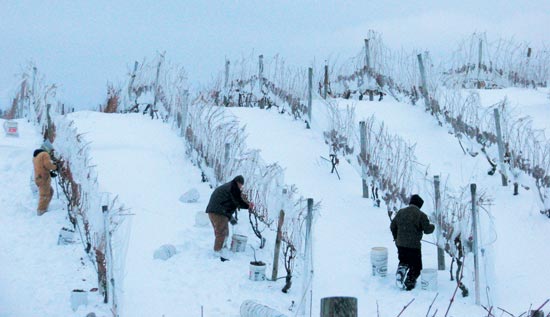
I couldn't imagine harvesting grapes at this time of year, under these weather conditions!
Normally bunches are hand harvested and quickly brought to the cellar with a special attention to ensure that the grapes do not “warm up”. This is the key point in ice-wine production because it is the ice, in fact, that, absorbing the water contained in the berries, causes a natural sugar concentration while it protects the grapes enhancing the level of extracts and aromas. This results in wines of spectacular density, depth and richness, beautiful perfumes and a natural luscious sweetness.
Grapes particularly suited to these wines are Riesling or Gewürztraminer.
Most of Canadian ice-wines come from Ontario, Canada's largest wine region with vineyards grown in the Niagara Peninsula, on the northern shore of Lake Erie and Pelee Island. The presence of the lake is particularly important as its influence can mitigate the winter weather too cold otherwise.
Only drawback of these wines? Well, price. Probably due to its low yields and the risk connected to a very late harvest, prices tend to be quite high.
But…hey, if you want to treat yourself once and try something unusual or maybe just to feed your sweet tooth, give them a try.
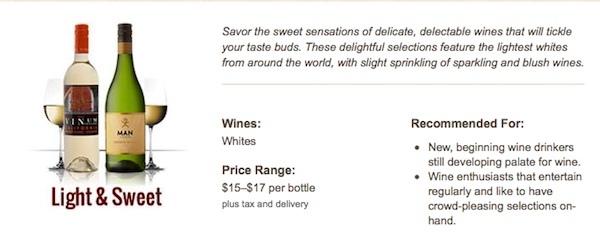 If you are into sweet wines, I might suggest a good wine of the month club for you: The Light and Sweet Club from Vinesse. (You get 6 bottles every 4 months, and each bottle averages $15 to $17 plus delivery.)
If you are into sweet wines, I might suggest a good wine of the month club for you: The Light and Sweet Club from Vinesse. (You get 6 bottles every 4 months, and each bottle averages $15 to $17 plus delivery.)
Are you into sweet wines? Do you like ice wines?
Also, if you want to ship a wine club to Canada, check out this resource.


